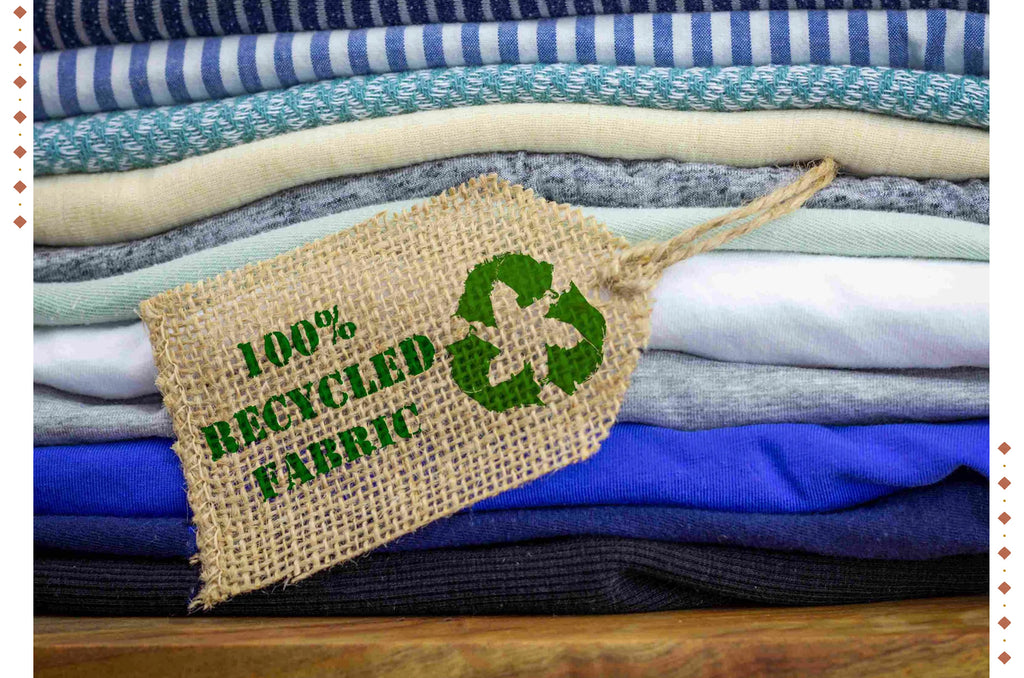While the world is moving towards sustainability with more people starting to take a strong stand against environmental concerns, organizations are yet to voice out on a larger scale.
The fashion industry, in particular, has painted a notorious image amongst people for its wasteful practices. Every year, kilos of textiles are dumped into landfills due to poor inventory management. What if you can save a good amount of money and garner a good image amongst the masses at the same time? Might sound unattainable, but with proper fabric sourcing and inventory management you can! Because both of these contribute to the reduction of wastage, which in turn would make your organization more sustainable. If all this sounds overwhelming, here are a few steps to get you started.
1. Plan in advance

With the advent of technology in the textile industry, nowadays, planning shouldn’t be a big issue. Yet, some organizations do not plan – leading to incorrect fabrics being ordered in excess quantity.
Ideally, you should know the fabric type you need, and the quantity for the same before starting a project. Many sourcing partners nowadays provide sampling of your desired pattern or fabric. So even before you place your custom bulk fabric order, you know exactly how your fabric will turn out. This way, you won’t have any excess fabric clogging your inventory. And, of course, along with waste management – this also helps in saving costs.
2. Keep track of your inventory

While you’re planning for your next project, it is always better to check your inventory. It is best to keep a sheet or note of all the fabrics that you already have from your old projects – and the quantity left behind.
For instance, if you are wanting to start a project on quilted fabric essentials – you can check from your old jacket project if there is anything left out. If you have some sizable quantity, you need not require a new garment at all. One other advantage of keeping track would be to use up the fabric before they expire.
3. Identify reliable suppliers

Creating a relationship with your suppliers is very important. If you develop a good working bond, you will get your fabrics on time – leading to a reduction in order. At the same time, if you end up ordering a fabric that you don’t need anymore – you can return it to your supplier.
4. Considering recycled fabric

As we move towards sustainable fashion, recycled fabrics would be a counter stone in this movement. For the uninitiated, recycled fabrics are nothing but fabrics made out of consumer waste. For instance, Recycled polyester, rPET – is made out of plastic bottles. Some of the benefits of using recycled fabric are:
- Cost saving
- Minimal wastage
- Less energy to produce recycled fabrics
- Reduces CO2 emission